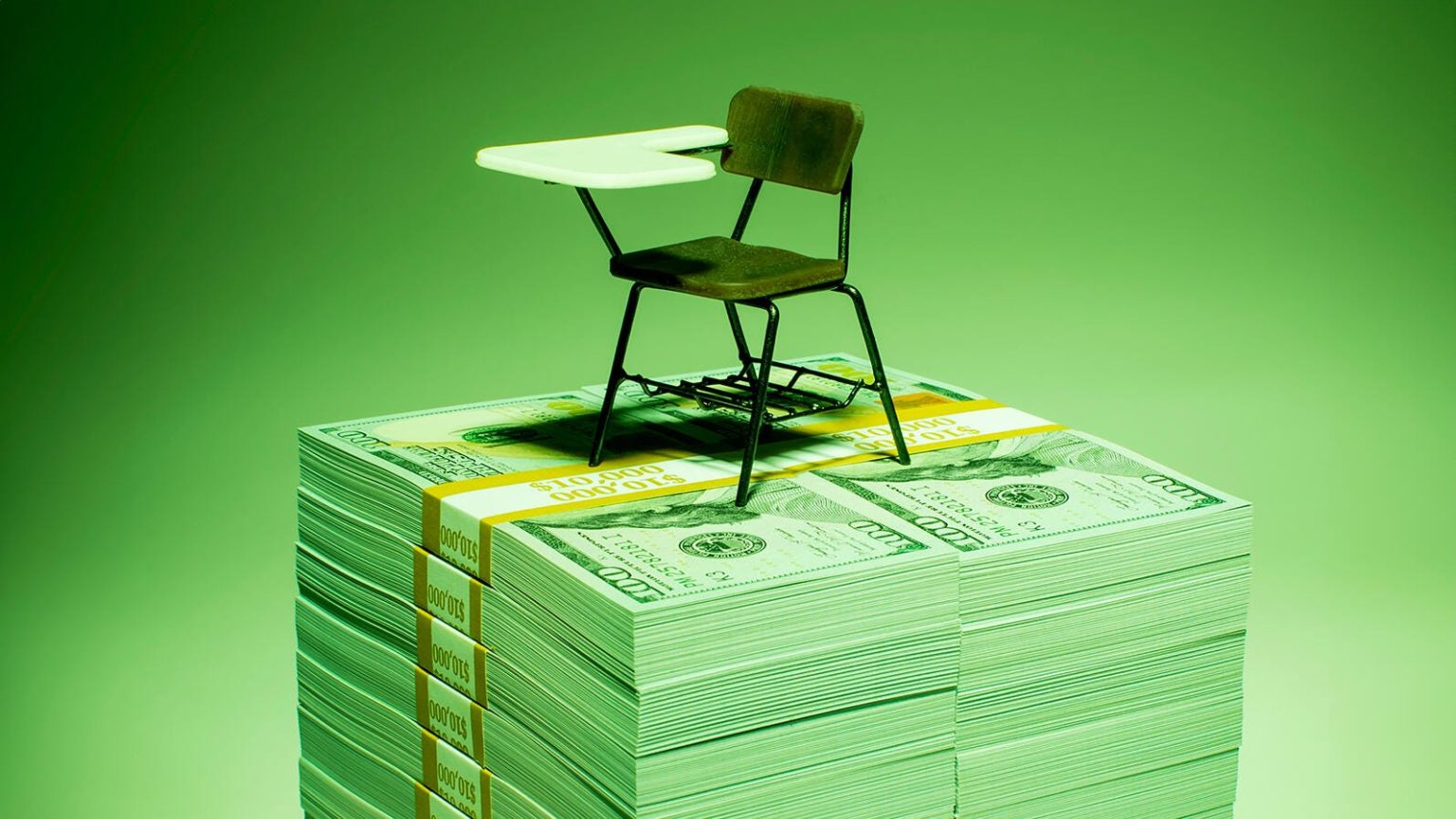The path to student loan forgiveness has been challenging, and some borrowers may have missed the deadline to consolidate their loans by April 30, 2024. Consolidating federal student loans into one Direct Loan was crucial to maximize student debt relief benefits. While borrowers can still consolidate their loans and enroll in income-driven repayment plans, they may not receive the full forgiveness benefits they could have before the deadline.
There are multiple ways in which borrowers can be eligible for student loan forgiveness, such as through income-driven repayment plans or the Public Service Loan Forgiveness program. The Biden administration recently announced a new plan for broader debt relief, including forgiveness for borrowers who have been paying their loans for 20 to 25 years, those eligible for specific forgiveness programs, and those facing financial hardship. However, only certain federal student loans qualify for these programs, making consolidation by the deadline essential for maximum forgiveness.
If borrowers missed the loan consolidation deadline, their Direct Loans should still be eligible for debt relief under federal programs they qualify for, although it may take longer. Consolidating loans could have allowed borrowers to receive debt relief sooner, as all loans would have been consolidated together, with the first qualifying payment starting in 2024. Consolidating loans that do not qualify for student debt relief programs could help borrowers receive partial credit for past payments.
Despite missing the consolidation deadline, borrowers can still consolidate their student loans. This option may be beneficial for borrowers with loans that do not qualify for specific forgiveness programs. Consolidating loans may extend the repayment timeline, but it could still result in receiving full debt forgiveness sooner than not consolidating. However, if borrowers are not eligible for forgiveness and are not considering an income-driven repayment plan, consolidating loans may not make financial sense, as it could lead to paying more in interest.
The latest student loan relief under the White House’s plan could be processed later this fall, potentially adjusting or lowering borrowers’ total student loan debt. If eligible, borrowers may see their balance adjusted in accordance with the proposed plan. However, there may be delays or changes to the plan if the administration faces any roadblocks. In the meantime, borrowers struggling to pay their student loan debt can consider enrolling in an income-driven repayment plan, reaching out to their loan servicer for payment adjustments, or exploring forbearance or deferment options to temporarily alleviate their financial burden.


